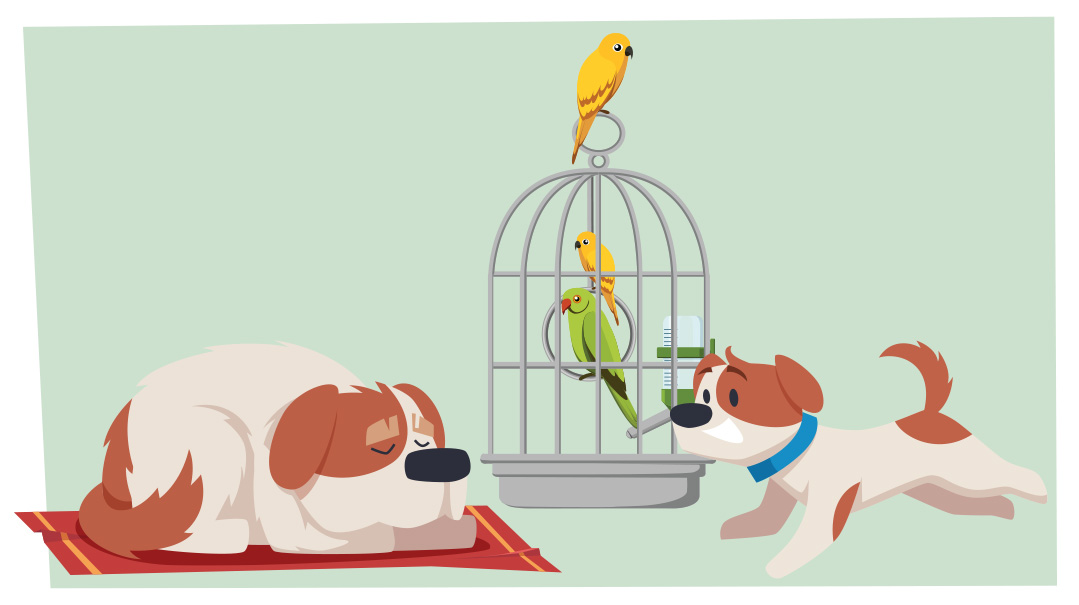Have A Seat!

Sitting in someone else’s seat? Wars have been started for less — and so have new shuls

Anyone who tells you that where you are seated at any given occasion is not important has never been an event planner. Or a gabbai.
Before a wedding, the last few days of countdown are essentially devoted to “doing the seating.” The magnitude of the importance of these table arrangements cannot be emphasized enough. Where the hosts have seated you lets you know exactly where you stand with the celebrating families.
Some aspects of the seating can be simple enough. The Bride and Groom know exactly where to sit — in back of the challah. Her mother sits next to her. His father sits next to him. Grandmother of the groom on the father’s side?.... Don’t fall off the edge.
The seating marathon traditionally begins with setting aside three prime- time evenings, calling in two friends sworn to secrecy, a favorite sister-in-law, plus a notable, savvy doyenne who knows “who’s who.” These sessions are not for the faint of heart, so don’t forget the chocolate.
Names and table numbers are entered into a computer, counted, alphabetized, and guarded by the Secret Service. The pros and cons of the individual groupings as well as the table floor plan itself will be debated as if the success or failure of the marriage depends on it.
An Ambassador from the Foreign Relations Committee will be entrusted to stand at the place card table on the night of the wedding to help anyone who, G-d forbid, either forgot to respond and showed up anyway, or picked up the wrong name and accidentally put it down someplace else and now cannot find their own card.
Lately I have noticed that newer trends are making inroads: No seating cards at all — gasp! Seating at a simchah has now been relegated to groupings in sections. Family of the Bride: Table One — and there are six tables with the number “One” on them. Friends of the Bride’s Family: Table Two — and there are eight tables with the number “Two” clearly marked. Family and Friends of the Groom’s side: Table Three — and there are two tables assigned to them. (Guess who’s from out of town.)
This explains why you can arrive at a simchah and observe three people seated at one table and twenty-three guests crowded into the table at their left: everyone wants to sit near the glams with blonde highlights who are wearing four-inch teal heels, rather than with the chin-length brunettes in comfortable black wedges.
I’ve always made it a point to have place cards at my own Shabbos table, even when there was no company. This ensured that I was sitting near or next to where I needed to be. Seat placement could be as innocent as making sure I had easy access to the kitchen, that mine was the setting with the dented spoon and chipped plate, or that I was sitting where I could referee.
As our table grew, I became cognizant of wanting our children seated near their father or at least far enough away from the company — both priorities of equal importance.
IN truth, we learn the value of seat assignments from an early age. When children go off to school, one prays for the wisdom and guidance of the sensitive teacher who seats all the children in a semicircle rather than designated rows. Can we try that with carpools?
Anyone who has ever traveled with children can attest to the stress levels this engenders. Keeping the peace is, more often than not, an exercise in timing. Marking the minutes of who sat where and for how long is the only reason some of my children learned how to count.
If the family road trip is longer than four hours (my sympathies), you’re playing musical chairs with seat belts. Watching the antics of youngsters climbing into and out of contorted positions can put the Twins from France to shame.
Then there’s the seating at communal events. Why do I arrive — on time — to a lecture or graduation only to find entire empty rows draped in other people’s mismatched clothing? I realize I must have missed the memo the day they explained the “Saving Seats” commandments. If the Mashiach himself suddenly appeared he’d have to stand.
Yet nothing strikes more fear into the heart of a veteran gabbai than the words Yamim Noraim — and it has nothing to do with repentance. Determining who in the congregation sits where, how close one’s seat is to the window, the door, or the rabbi, requires the precision and skill of an accomplished mediator in the diplomatic corps.
Working through these delicate negotiations is a tradition that is passed, in hushed tones, from father to son. Once the seating chart goes up on the outside of the shul’s auditorium wall, it officially delineates hallowed ground, and Heaven help the poor newbie who accidentally seats Mrs. Greenbaum next to Mrs. Goldbaum without remembering that neither can be anywhere near each other or an air-conditioning vent. Sitting in someone else’s seat? Wars have been started for less — and so have new shuls.
Can’t wait to see you at the next simchah. There’ll be plenty of room at my table. I’m wearing the black wedges, and I’ll save you a seat.
(Originally featured in Family First, Issue 809)
Oops! We could not locate your form.







